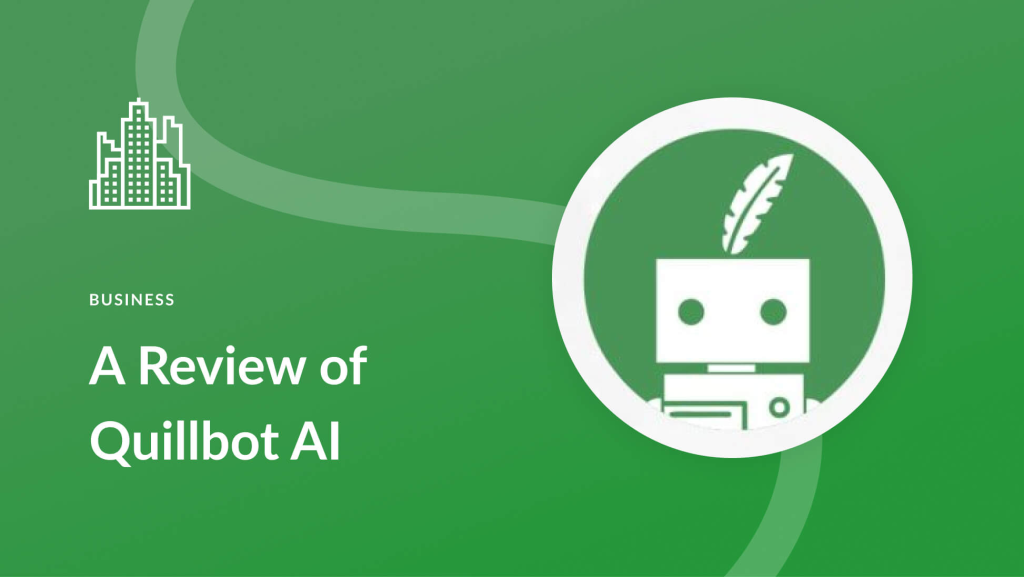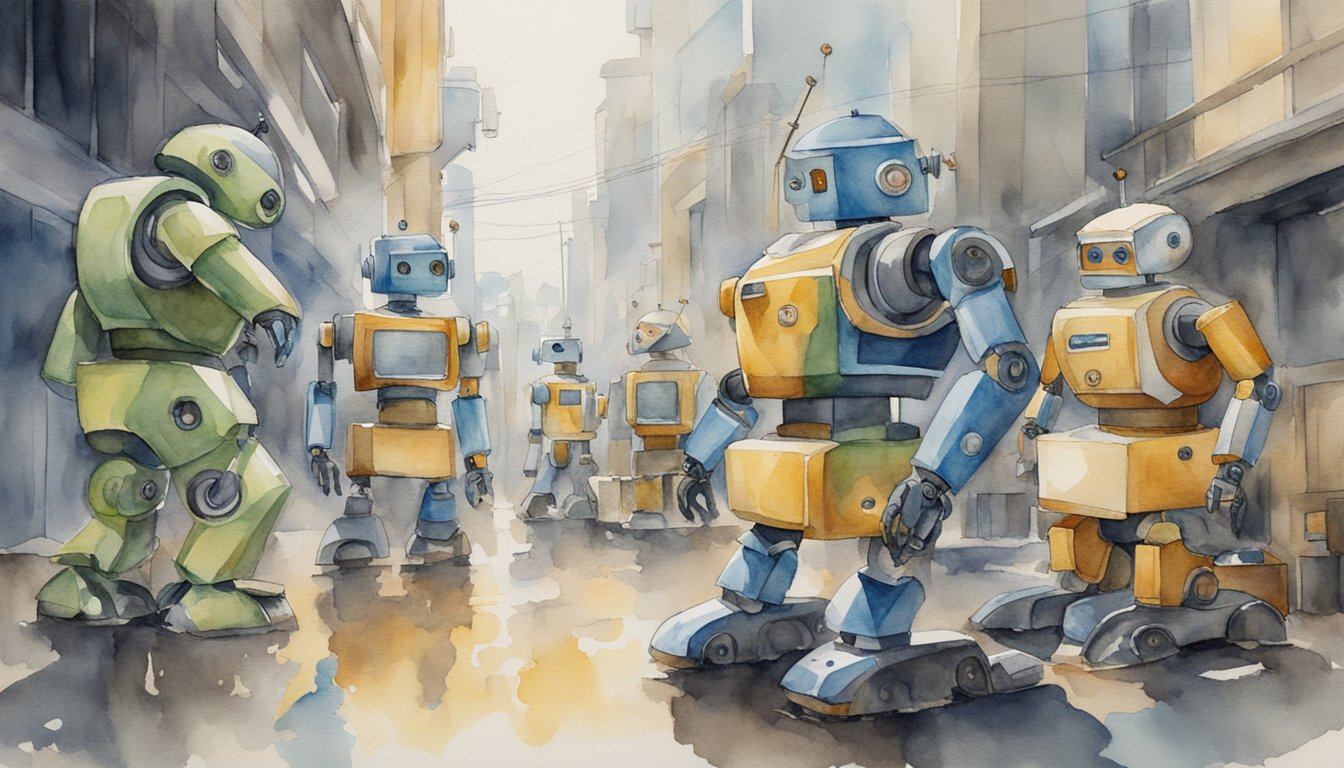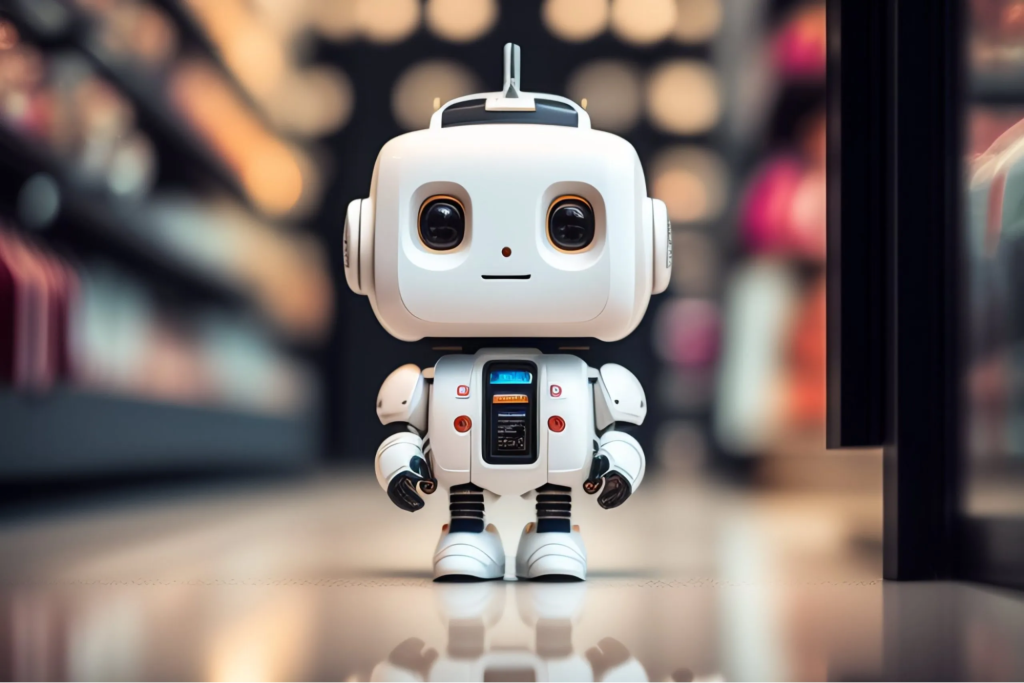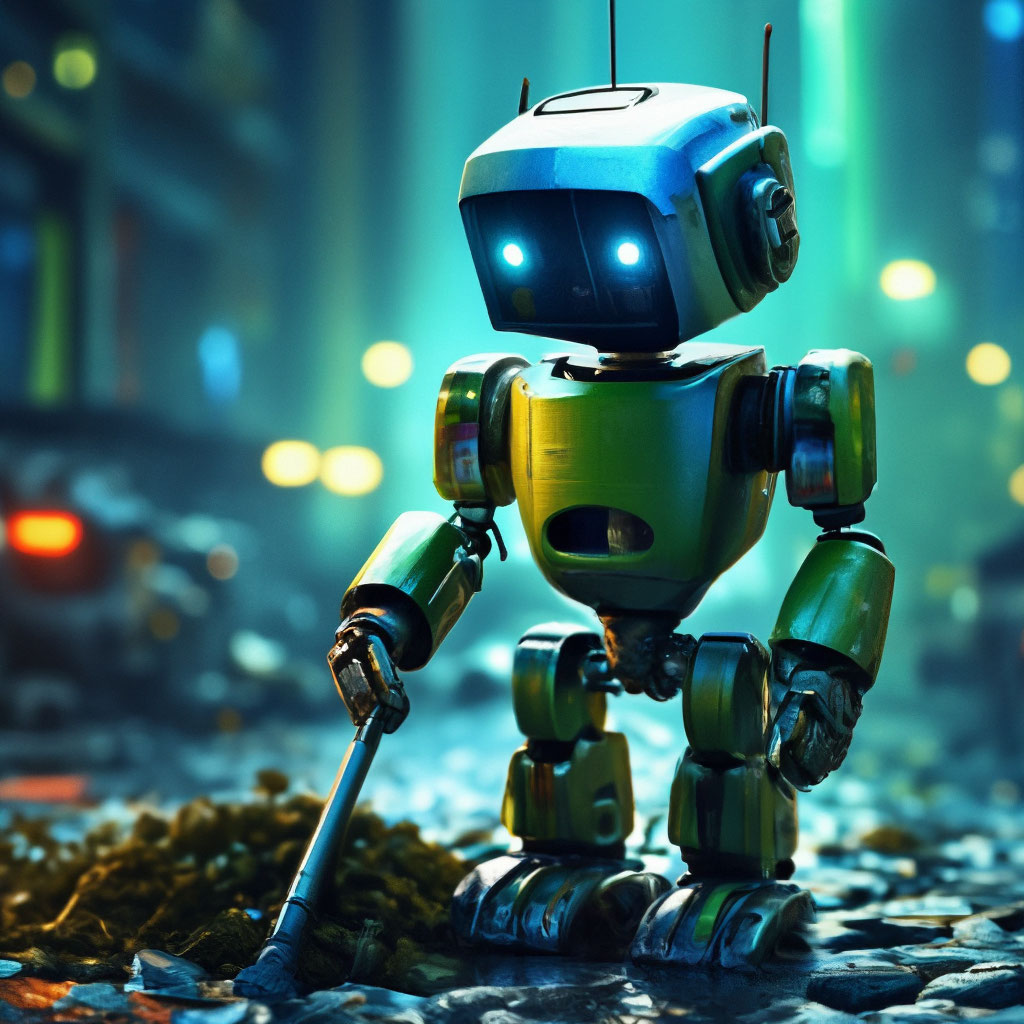AI-generated content has surged, making tools like Quillbot and Originality.AI indispensable for writers, educators, and content creators. With the swift progress in artificial intelligence, the landscape of content creation and verification has dramatically changed. Consequently, AI tools are now widely used for numerous writing tasks.
As writers, it is crucial to examine the functionalities of Quillbot and the detection capabilities of Originality.AI. By exploring their features, limitations, and the effectiveness of alternative tools, we can better understand how these technologies can aid or hinder our work. This knowledge is essential for anyone involved in content creation or academic writing.
The advancements in AI technology have led to an increase in polished and unique content created within moments. Despite the efficiency and quality of AI-generated content, concerns about originality persist, particularly as search engines favor genuinely valuable content. Detecting AI-generated content becomes vital for writers and marketers who aim to maintain authenticity and comply with search engine preferences. As AI-generated content proliferates, the ability to distinguish between human and AI writing becomes increasingly important for maintaining the integrity of published material.

Quillbot is a sophisticated AI-powered tool designed to assist users in enhancing and transforming their text. Its primary feature is paraphrasing and rewriting, which allows users to improve their writing by rephrasing sentences and paragraphs to better convey their intended message. This functionality is particularly beneficial for crafting essays, web content, and emails, where clarity and originality are paramount.
Marketed as an affordable tool, Quillbot is accessible to students, content creators, and professionals, making it a popular choice for those on a budget. Its affordability does not compromise its capabilities, offering a range of features that cater to different writing needs. One of the standout features of Quillbot is its multiple paraphrasing modes, including Standard, Fluency, Creative, and Formal. These modes enable users to tailor their writing style to the specific context and audience, ensuring that the rewritten content maintains the desired tone and quality.
Beyond paraphrasing, Quillbot includes additional tools such as grammar checking, plagiarism detection, and a summarization tool. These features offer a comprehensive suite of writing aids that enhance the overall writing process. The grammar checker helps users identify and correct grammatical errors, while the plagiarism detector ensures the originality of the content. The summarization tool allows users to condense long articles or documents into concise summaries, saving time and effort.
Despite Quillbot’s advanced paraphrasing capabilities, it faces significant limitations when tested against Originality.AI. Originality.AI is designed to detect AI-generated content and assess the originality of the text. While Quillbot can effectively rephrase text, it cannot reliably bypass the detection algorithms of Originality.AI. The rephrased content, although altered in wording, often retains the underlying ideas and information, making it detectable by Originality.AI.
Various users have reported that Originality.AI can identify rephrased content, indicating that Quillbot’s paraphrasing is not sufficient to fool the detection system. This limitation underscores the need for users to be cautious when relying solely on AI Stealth Writer tools for creating original content. Manual rewriting and thorough checks are recommended to ensure that the content remains undetectable by AI detectors and maintains its originality.

Given the limitations of Quillbot in evading detection by Originality.AI, several alternative tools have emerged, offering more advanced capabilities to create content that mimics human writing and evades AI detectors.
Netus AI
Netus AI is a powerful paraphrasing tool crafted for content creators to efficiently produce high-quality, unique material. Notably, testing reveals that Netus AI successfully bypasses advanced AI detectors like Originality.AI in 99% of cases, showcasing its superior ability to generate undetectable content. Moreover, Netus AI is multilingual and offers extensive compatibility with various platforms, including a Chrome extension, Google Docs extension, and an App Store extension. This makes it an invaluable resource for content creators seeking to enhance their productivity across multiple languages and platforms.
BypassGPT
BypassGPT is an AI tool designed with the mission of creating AI-written content that closely mimics human writing to evade AI detectors. It replaces predictable writing patterns with varied language and uses diverse vocabulary and uncommon synonyms to produce content that appears more human-like. BypassGPT features a simple interface with an integrated AI checker and an adjustable readability scale, making it user-friendly and versatile. It also includes tools for specific applications like legal or storytelling content, catering to niche writing needs. BypassGPT claims to produce content that escapes detection by Originality.AI and other detectors, providing a viable alternative for those seeking to avoid detection.
BypassAI
BypassAI offers robust capabilities to effectively bypass Originality.AI and other detectors such as Winston AI and Copyleaks. It is designed with ease of use in mind, featuring a simple interface that is accessible to new writers. BypassAI utilizes advanced humanization technology, employing sophisticated algorithms to restructure AI-generated content to appear human-written. This technology enhances the readability and originality of the content, making it difficult for AI detectors to identify it as AI-generated.
Humbot
Humbot leverages advanced technology and intensive humanization techniques to bypass Originality.AI and other detectors like Turnitin. Its user-friendly interface makes it beginner-friendly, allowing users to easily navigate its features and create content that mimics human writing. Humbot is reportedly capable of producing human-like text that escapes even the most stringent detectors, making it a powerful tool for content creators who need to avoid detection.

Professional opinions on Quillbot and Originality.AI vary, with educators and marketers emphasizing the limitations of relying solely on paraphrasing tools. While Quillbot can effectively rephrase text, it does not guarantee evasion of Originality.AI detection. Experts recommend manual rewriting and thorough checks to ensure the originality and detectability of content. Tools like BypassGPT and Humbot are highlighted as more effective alternatives for evading AI detectors compared to Quillbot and Netus AI.
Educators and marketers underscore the importance of maintaining the integrity of the content creation process. The effectiveness of tools like BypassGPT and Humbot lies in their ability to produce more human-like text that is less likely to be detected by AI detectors. Originality.AI, known for its high accuracy in detecting AI-generated text, presents a significant challenge for paraphrasing tools. Therefore, users are encouraged to combine AI tools with manual editing to enhance the originality and authenticity of their content.
The reliability of AI detectors varies, with existing tools like the Hugging Face OpenAI detector being used to identify AI-generated text. However, some users report inaccuracies and false positives, indicating that current AI detectors may not be entirely reliable. Several users noted that their older, manually written texts were falsely detected as AI-generated, raising concerns about the precision of these tools.
Teachers emphasize the importance of students doing their own work to learn and develop critical thinking skills. They are increasingly trained to detect AI writing and use AI checkers from developers of AI tools like ChatGPT. Detection methods include interrogating students about their work and requiring outlines or drafts to verify the originality of their thought process. This approach helps ensure that students genuinely engage with the material and develop their writing skills.

Originality.AI has undergone rigorous testing to evaluate its detection capabilities. In one test, an excerpt from Wikipedia’s “Golden Age of Piracy” was used to assess the tool’s accuracy. Originality.AI accurately identified the content as human-written but flagged it as 0% plagiarized, failing to recognize the direct copy from Wikipedia. This indicates that while the tool is proficient in detecting human-written content, it may have limitations in identifying direct plagiarism from widely known sources.
Another test involved a submission from a local university student. Originality.AI correctly identified the content as human-written and detected no plagiarism, demonstrating its effectiveness in distinguishing original student work from AI-generated content.
Testing Originality.AI: AI-Generated Content
Originality.AI was also tested with AI-generated content. An essay on Justice in America, generated by ChatGPT, was accurately identified as AI-generated by Originality.AI. Similarly, an AI-generated email requesting credit card cancellation due to fraud was detected with high confidence, showcasing the tool’s ability to identify AI-generated text across different formats and contexts.

Testing Originality.AI: Humanized AI Content
To test its detection of humanized AI content, an AI-generated essay paraphrase chatgpt using Quillbot was submitted. Originality.AI successfully identified the paraphrased content, highlighting its proficiency in detecting rephrased AI-generated text. This underscores the limitations of paraphrasing tools in bypassing advanced AI detectors like Originality.AI.
Ethical use of AI Stealth Writer tools is a significant concern among educators and content creators. Many users suggest using AI tools for brainstorming and gathering ideas rather than writing complete assignments. This practice helps maintain academic integrity and personal learning. Tools like Quillbot, used for paraphrasing, can produce formulaic results. Mixing content from multiple AI tools without proper human intervention can lead to non-human writing voices that are easily flagged by AI detectors.
In response to the limitations of existing tools, some users have turned to alternatives like GPTZero and NetusAI for detecting AI-generated content and bypassing AI detectors. These tools help identify and modify AI-generated sentences to make them less detectable. Strategies like using text-to-speech paraphrasing and manual review in word processors can help reduce the detectability of AI-generated content, providing additional layers of originality and authenticity.

Turnitin is primarily known as a similarity checker, which compares submissions against its extensive database to identify similarities. While Turnitin may not directly detect AI-generated content, it can flag similarities if the content is widely reused. OpenAI is providing tools to Turnitin for detecting AI-generated content, indicating ongoing efforts to enhance detection capabilities. This integration suggests that Turnitin is evolving to address the growing challenge of AI-generated content in academic and professional settings.
The ongoing development of AI content creation and detection tools presents a complex landscape for educators, content creators, and developers. Quillbot offers valuable paraphrasing and rewriting capabilities but struggles to evade detection by advanced tools like Originality.AI. Alternatives such as BypassGPT, BypassAI, Humbot, and Netus AI provide more sophisticated solutions but come with their own sets of challenges.
Originality.AI stands out for its high accuracy in detecting AI-generated content, emphasizing the need for manual intervention and thorough originality checks to ensure content authenticity. The integration of AI detection tools with platforms like Turnitin highlights the evolving nature of these technologies and their importance in maintaining academic and professional integrity.
Teachers and users alike emphasize the importance of personal effort and integrity in academic writing. Ethical use of AI tools, such as employing them for brainstorming and minor paraphrasing rather than complete writing, supports the development of critical thinking and writing skills. As AI technology continues to evolve, striking a balance between leveraging its benefits and preserving the authenticity of human writing will remain a critical consideration. Ongoing efforts to enhance detection capabilities and promote ethical use of AI tools will play a vital role in this dynamic and rapidly changing field.
Through digital leadership we empower people to leverage the opportunities in global economy
@ 2024 Netus AI.